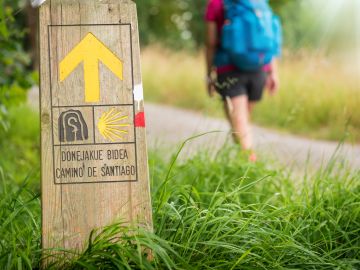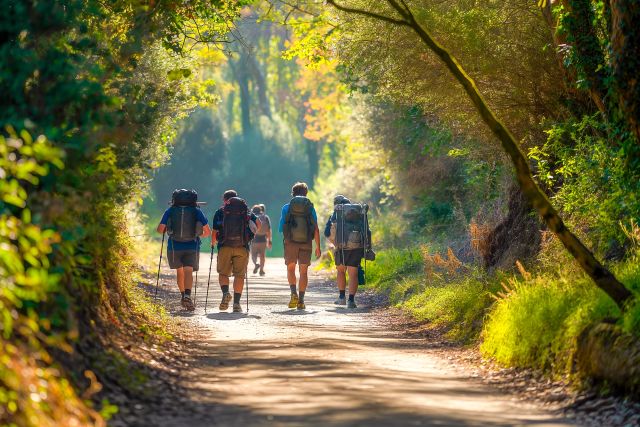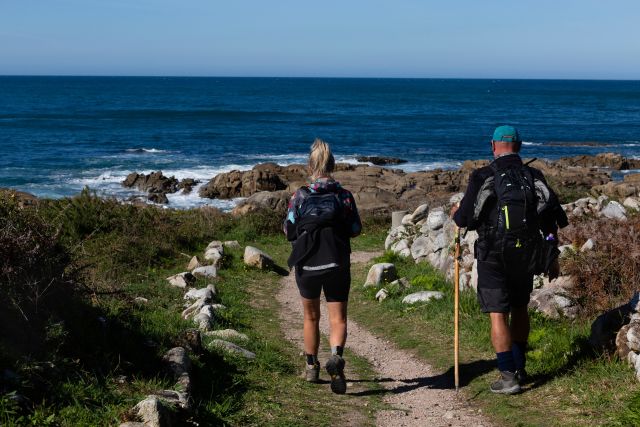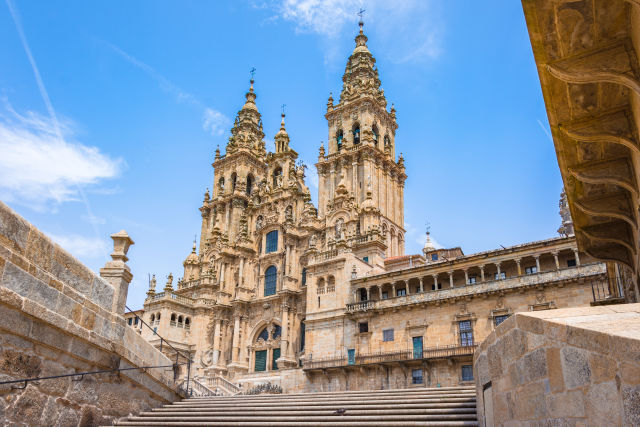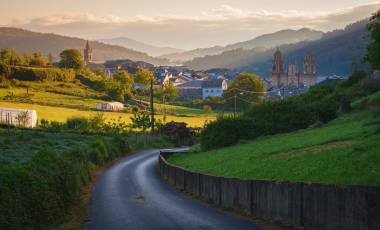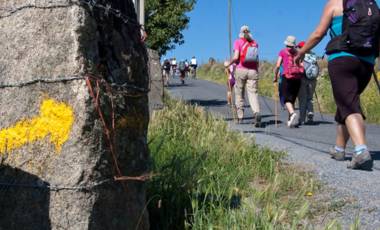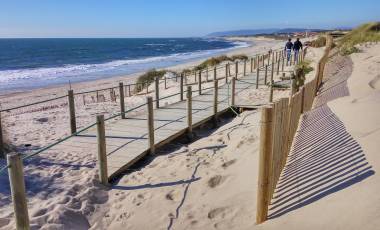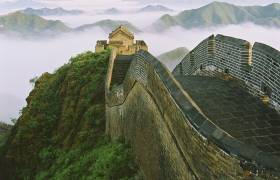Our Camino de Santiago guided tours range in length from eight to nine days. All are designed to immerse you into the challenge and wonder of the Camino. On some, you will traverse the required distances to receive your coveted Compostela Certificate, while on others, you will experience the highlights of the Camino in a more relaxed way.
Yes, the Camino de Santiago is often considered well worth the effort by those who undertake it. Pilgrims and adventurers alike praise the journey for its unique blend of physical challenge, cultural immersion, and spiritual or personal reflection. Hiking or biking the Camino allows you to experience stunning landscapes and to explore historic towns and villages steeped in centuries-old traditions. Beyond the scenery, the Camino fosters a deep sense of community, as pilgrims from around the world share in the journey, creating lasting connections and memories. For many, the Camino becomes a transformative experience, offering insights, personal growth, and a profound sense of accomplishment upon reaching Santiago de Compostela. Whether pursued for religious reasons, a love of adventure, or a desire for introspection, the Camino de Santiago is widely regarded as a journey that is enriching and deeply rewarding.
The Camino de Santiago is generally considered safe. Physically, the journey can be demanding, so it’s essential to prepare adequately, listen to your body, and stay hydrated.
The best time to hike the Camino de Santiago is generally during the spring (April to June) and fall (September to October). These periods offer mild weather, with comfortable temperatures ideal for walking and fewer crowds compared to the peak summer months. Spring brings vibrant landscapes with blooming flowers, while fall offers the beauty of changing leaves and harvest season in the vineyards.
Summer (July and August) is also a popular time, but it can be quite hot, particularly on the Meseta, the flat, open plains of central Spain, and the routes can be more crowded.
The Compostela certificate is an official document awarded to pilgrims who complete at least 100 kilometers (62 miles) of the Camino de Santiago on foot, or 200 kilometers (124 miles) by bicycle. Many of our tours are designed to earn this certificate – check your trip notes for more details.
